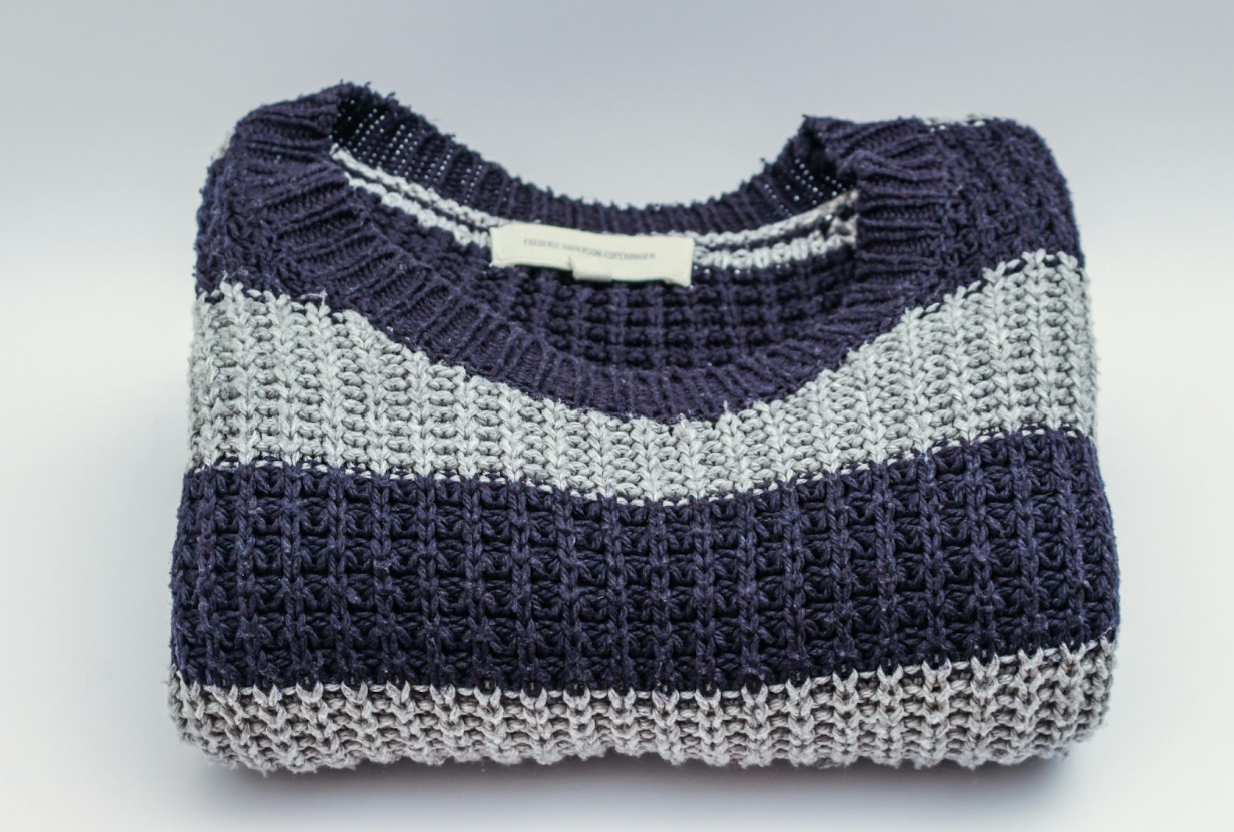How to Stay Warm with Insulated Farm Clothing

Farm work is inherently demanding, and when combined with harsh weather conditions, it becomes even more challenging. For farmers, staying warm in cold weather is not just a matter of comfort—it’s essential for safety and productivity. Insulated farm clothing plays a crucial role in keeping you warm, dry, and functional throughout the day. Here’s a guide on how to stay warm with insulated farm clothing, ensuring that you can perform your duties efficiently even in the coldest weather.
1. Understand the Basics of Insulation
To stay warm, it's essential to understand how insulation works. Insulated farm clothing is designed to trap body heat and prevent cold air from penetrating. There are several types of insulation materials used in farm clothing, including down, synthetic fibers, and fleece. Each type has its advantages and disadvantages:
- Down Insulation: Known for its excellent warmth-to-weight ratio, down insulation is lightweight and highly compressible. However, it loses its insulating properties when wet, so it’s best used in dry conditions or with a waterproof layer.
- Synthetic Insulation: Made from polyester fibers, synthetic insulation retains its insulating properties even when wet. It’s more durable and typically more affordable than down, making it a popular choice for farm clothing.
- Fleece: Fleece is a type of synthetic insulation that is breathable and provides warmth without bulk. It’s ideal for layering and can be worn as an outer or middle layer depending on the weather.
2. Layering is Key
Effective insulation relies on layering. By wearing multiple layers, you can better regulate your body temperature and manage moisture. A typical layering system includes:
- Base Layer: This layer sits directly against your skin and is responsible for moisture wicking. Materials like merino wool or moisture-wicking synthetics are excellent choices. They keep sweat away from your body, preventing chill.
- Mid Layer: This layer provides insulation and retains body heat. Fleece jackets or insulated vests are ideal for this purpose. The mid layer traps warm air close to your body while allowing moisture to escape.
- Outer Layer: The outer layer protects you from wind, rain, and snow. Look for waterproof and windproof materials such as Gore-Tex or other technical fabrics. Ensure that the outer layer is breathable to prevent overheating.
3. Choose the Right Insulated Farm Clothing
Selecting the right insulated farm clothing involves more than just picking a warm jacket. Consider the following factors:
- Fit: Ensure that your insulated clothing fits well but allows for enough room to move comfortably. Too tight, and it restricts movement; too loose, and it won’t trap heat effectively.
- Coverage: Look for clothing that offers full coverage, including insulated gloves, hats, and boots. Extremities are particularly susceptible to cold, so ensure they are well-protected.
- Features: Choose clothing with features such as adjustable cuffs, high collars, and drawstrings to prevent cold air from entering. Pockets and zippers should be easy to use with gloves on.
4. Maintain and Care for Your Insulated Clothing
Proper care extends the life of your insulated farm clothing and maintains its effectiveness. Follow these care tips:
- Follow Washing Instructions: Always adhere to the manufacturer’s washing instructions. Most insulated clothing requires gentle washing and air drying to maintain its insulating properties.
- Store Properly: Store your insulated clothing in a dry place. Avoid compressing it for long periods, as this can damage the insulation.
- Repair as Needed: Address any damage or wear promptly. Small tears or holes should be repaired to prevent further loss of insulation and protection.
5. Stay Active and Dry
Keeping active helps generate body heat and stay warm. However, avoid overexertion, which can lead to sweating and cooling. Additionally, staying dry is crucial:
- Moisture Management: Ensure that your clothing effectively manages moisture. Wet clothing can sap your body heat and make you feel colder. Use moisture-wicking base layers to keep sweat away from your skin.
- Ventilation: Choose insulated clothing with ventilation options such as pit zips or mesh-lined vents. These features allow excess heat to escape and prevent overheating.
6. Invest in Quality Gear
Investing in high-quality insulated farm clothing pays off in the long run. While it may be tempting to opt for cheaper options, high-quality gear often provides better insulation, durability, and comfort. Look for brands known for their technical outdoor wear, and read reviews to gauge performance and reliability.
7. Consider the Weather Conditions
Your choice of insulated clothing should match the specific weather conditions you face on the farm. For extreme cold, opt for heavier insulation and multiple layers. In milder winter conditions, lighter insulation and fewer layers may suffice.
8. Practice Safety Measures
Lastly, always prioritize safety. Cold weather can increase the risk of frostbite and hypothermia. Regularly check your body for signs of extreme cold, and take breaks to warm up if needed. Ensure that your insulated clothing covers all necessary areas to protect against exposure.
Conclusion
Staying warm with insulated farm clothing is vital for maintaining comfort, productivity, and safety in cold weather. By understanding insulation types, utilizing effective layering techniques, choosing the right clothing, and properly caring for your gear, you can ensure that you remain warm and functional throughout your workday. Investing in high-quality, well-fitted insulated clothing tailored to your specific needs and weather conditions will make all the difference in your farming experience during the colder months.